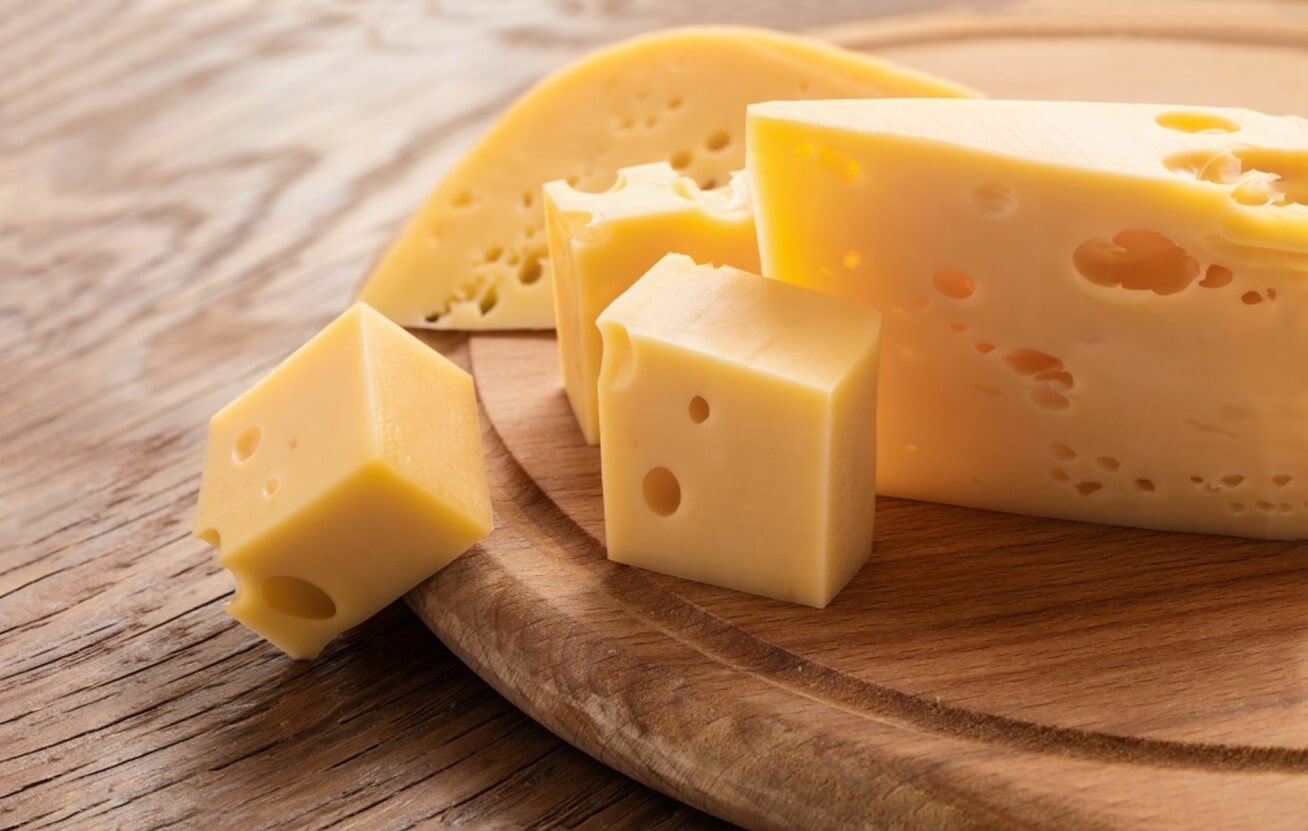Highlights:
- Cheddar has been a popular cheese choice since the 12th century.
- A cheese must meet certain standards to be considered cheddar.
- Brands are starting to offer a variety of different cheddar cheeses.

The rich tradition of cheddar cheese making continues today but with more flavors, colors, and textures available than ever before.
Cheddar cheese remains tremendously popular, with 62% of U.S. households indicating cheddar cheese is the cheese they consume most often.1 Last year, the retail volume sales of cheddar cheese grew 9.7% in the U.S., reaching 922 million pounds.2 The impact of the pandemic on the cheese market is still being felt, with retail cheese brands working hard to meet consumers’ needs.
A staple food for many U.S. consumers today, cheddar cheese has a long history dating back to the 12th century in Cheddar Village of Somerset, England. The numerous gorges and caves in Cheddar Village were ideal for maturing cheese and helped make the village renowned for its namesake cheese. King Henry II was reportedly a big fan of cheddar, placing enormous orders to serve at royal banquets, a tradition that continued for centuries.
Traditional cheddar cheese making skills arrived in the U.S. in the 18th century with English settlers. However, it wasn’t until the 19th century that the cheddar cheese-making process was modernized and standardized by Joseph Harding of Somerset, “the father of cheddar cheese.” Around the same time, the world’s first cheese factory opened. This New York factory efficiently produced high volumes of cheddar cheese—much of which was, surprisingly, exported to England!

While some might say they would know a cheddar by its golden-yellow color and bold savory flavor, this approach no longer holds true. Today’s cheddars are available in a surprising range of colors, flavors, and even textures—including pale, sweet, and crystallized.
In fact, cheddar cheese has been evolving in so many different ways in different regions that there are only a few criteria that distinguish cheddar from other cheeses. One is the cheddaring process. To make cheddar, the curds are pressed into a mass which is then cut into slabs. At intervals these slabs are turned and stacked—stacked higher and higher each time. This presses out additional whey and contributes to cheddar’s unique dense texture.
Cheddar cheese must also meet certain analytical standards set forth by governments and international trading bodies. The FDA’s standard of identity for cheddar cheese includes a maximum moisture content of 39% and minimum milkfat content of 50%, in addition to certain process requirements. Moisture and milkfat requirements are present in the Codex standard, as well, along with a sensory standard that includes a firm, smooth, and waxy texture. Neither limit the choice of lactic acid starter culture.

With consumers stocking up on cheese during the pandemic, doing more cooking and at-home snacking, and seeking more culinary adventure at home, brands are innovating to keep them engaged. Offering regional cheeses is one emerging approach. While Classic Aged Cheddar has the sweeter flavor and standard color of western U.S. cheddars, Savory Cheddar (an East Coast style) offers a flavor profile with more bite plus sulfur notes. Coastal Cheddar (a UK style) brings umami with nutty and caramel notes.
Using cheddar blends is another way to make a product stand out, by delivering different colors, flavors, and functionalities like how a cheese melts or slices. A 50/50 marbled Cheddar Mozzarella, for example, is bolder than a mozzarella, with exceptional melting plus a little cheddar flavor. A 90/10 Cheddar Parmesan mash-up can offer a new parmesan experience that’s sliceable with a unique flavor profile. Younger consumers, in particular, indicate an interest in bolder and more diverse flavors in cheese.3 They’re also more likely to use cheese for snacking.4
Cheddar cheese has come a long way through the years as cheese makers explore new possibilities to make cheddar even more delicious. To introduce your consumers to all the possibilities of cheddar, learn about our Discover Cheddar and Blend It lineup and other innovative cheese solutions!